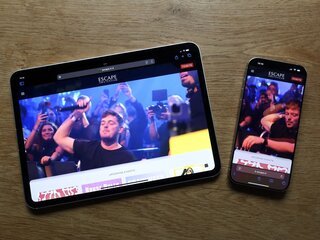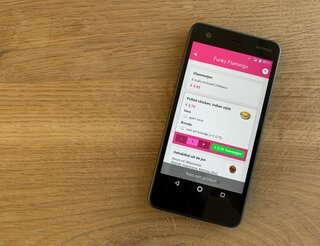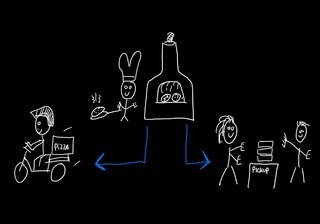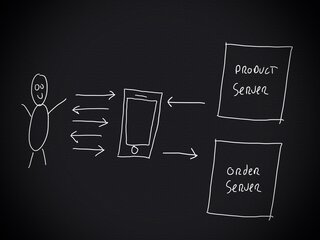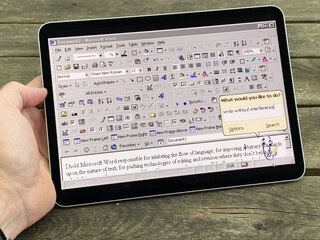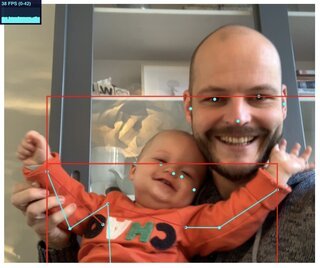Software Development
I build software that is simple, strong, and lasts a long time. That means making websites and apps that are easy to use, don't break under pressure, and stay useful for years to come.
Good software should feel fast and obvious. Whether it's a big website for a famous brand or an app for ordering food, my goal is to make it work so smoothly that you don't even have to think about it.
But it's not just about what you see. The "engine" inside has to be powerful and smart. I build software that can handle thousands of users at once without slowing down, often by cleverly using the power of your own phone or computer.
To make software that lasts, I use ideas that are proven to work well. But I also love to explore new technology and see what's possible, from understanding how people use screens to teaching computers how to recognise what they see.
Have a cool idea for an app or a website? Or a tricky problem you need a hand with? I'd love to hear about it.
